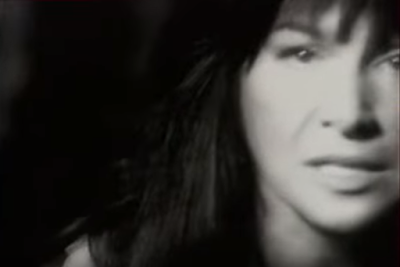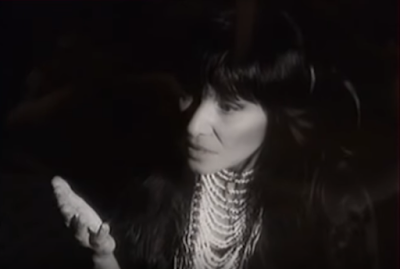. . . and Evidence of God’s Life-Giving, Transforming,
and, Yes, Trouble-Making Spirit
and, Yes, Trouble-Making Spirit
Here is proof, my friends, that dissent is not necessarily a dirty word and that it can and has an important place in Roman Catholicism: Clerical Whispers is reporting that Roman Catholic Bishop Manuel Clemente of Porto, Portugal, has told reporters that in certain cases the use of condoms is not only recommendable but “ethically obligatory.”
This, of course, contradicts Pope Benedict’s controversial contention that the distribution of condoms increases the problem of HIV/AIDS. In other words, we’re seeing a bishop faithfully and, most encouragingly of all, publicly dissenting from the Pope’s (and by extension, the Church’s) uninformed and impoverished teaching on human sexuality.
But wait, it gets even better! According to Clerical Whispers, Bishop Clemente is the second Portuguese cleric to engage in public dissent: “Armed Forces Bishop Januario Torgal Ferreira said a week ago that to ban condom use was equivalent to consenting to the death of many people. He added that the people giving the pope advice ‘should be more learned.’”
I think it’s great that there are bishops who are speaking out on this issue. Their words are like a breath of fresh air! May more be inspired and emboldened by the example of these two particular prelates. I particularly appreciate Bishop Ferreira’s critique of the lack of informed opinion and knowledge in the Vatican when it comes to issues relating to sexuality.
This situation reminds me of when I interviewed Dr. Simon Rosser for CPCSM’s Rainbow Spirit in the fall of 2004. Toward the end of this interview, Dr. Rosser declares:
I have a lot of hope [for the Roman Catholic Church] because I think the situation is so bad that American Catholics will be forced to think for themselves. And that’s a good thing. Whether it’s homosexuality, contraception, premarital sex, divorce, masturbation, or HIV prevention, the official Church position is now so extreme, so negative, so ultra-conservative, and ill-informed, that I’m confident that less than 5 percent of Catholics actually believe or follow Catholic sexual teaching. In this situation either the church reforms or it dies. . . I’m confident it will reform. But we have to do our part.
In my view the situation has deteriorated further under the pontificate of Benedict XVI. So much so that we’re now seeing not just American Catholics thinking for themselves, speaking out, and doing their part but the Pope’s own brother bishops! What incredibly interesting and exciting times we’re living through as Catholics.
In the realm of the Church’s understanding of gender and sexuality, things are changing and will continue to change. The Spirit is afoot – and is definitely stirring things up!
And when I hear stories of faithful dissent by bishops and by Catholics at the grassroots level of the Church all around the world, I am compelled to give thanks and praise to God and to recommit myself to embodying God’s life-giving, transforming, and, yes, trouble-making Spirit!
To be honest, as a follower of Jesus - whose life offers the ultimate example of such embodiment - I’m not sure what else I can do.
See also the previous Wild Reed posts:
Pope Accused of “Distorting Scientific Evidence” on Condom Use
The Pope’s Message of Ignorance in Africa
The Vatican Considers the Lesser of Two Evils
A Catholic Understanding of Faithful Dissent (Part 1)
A Catholic Understanding of Faithful Dissent (Part 2)





















































